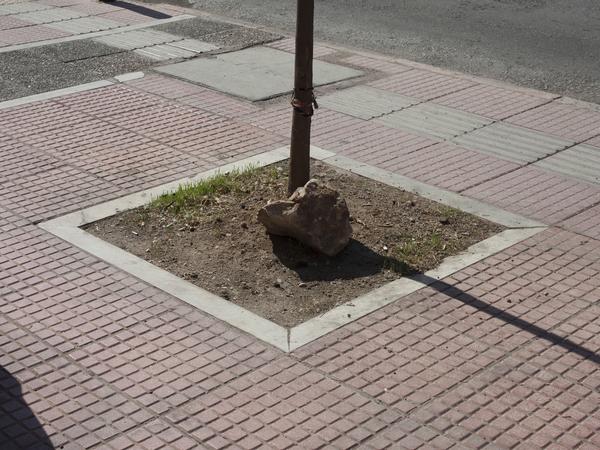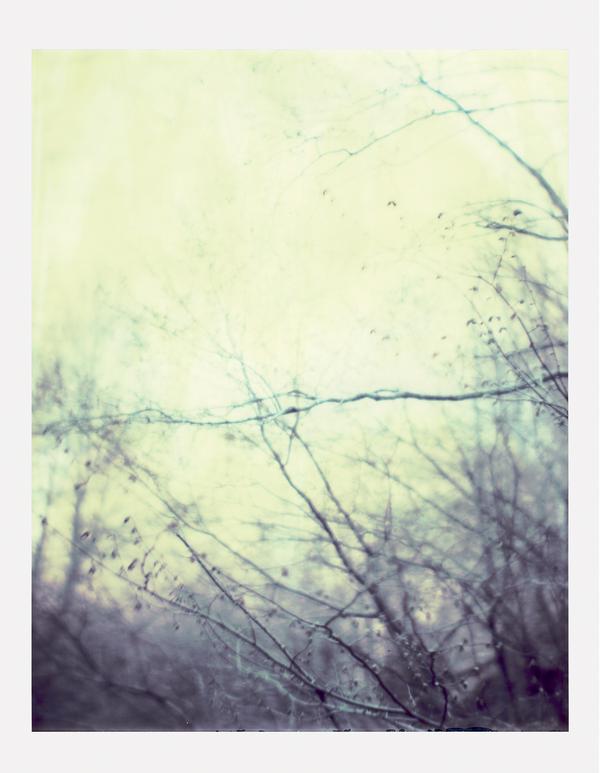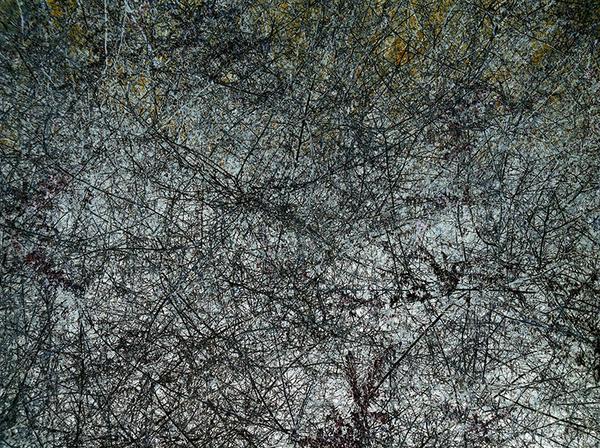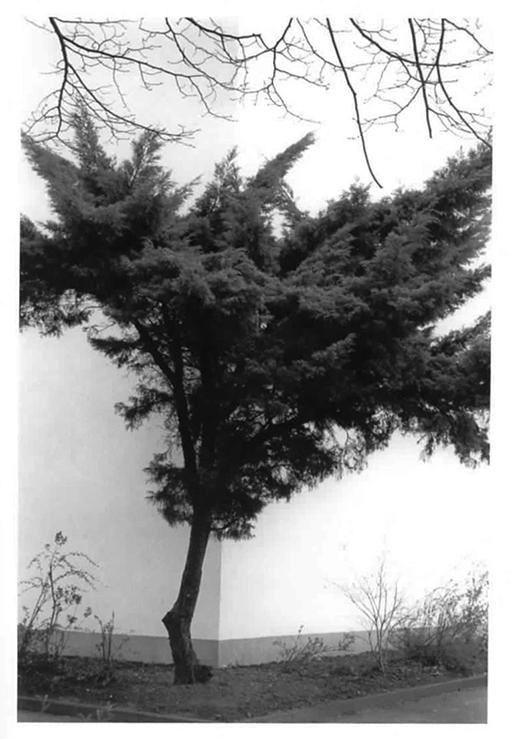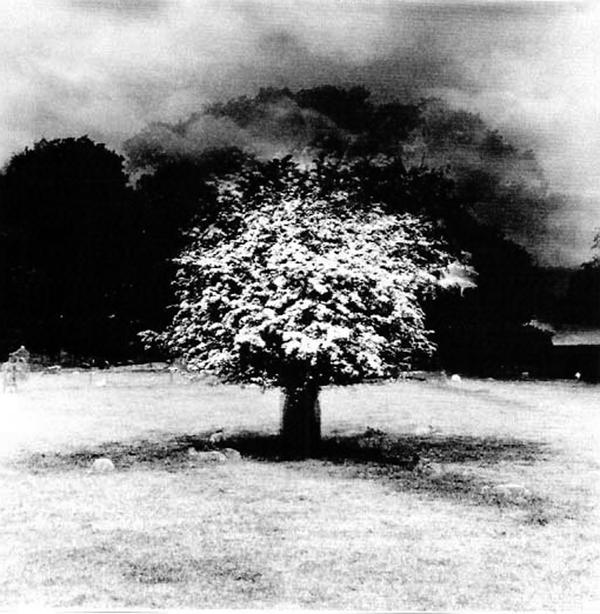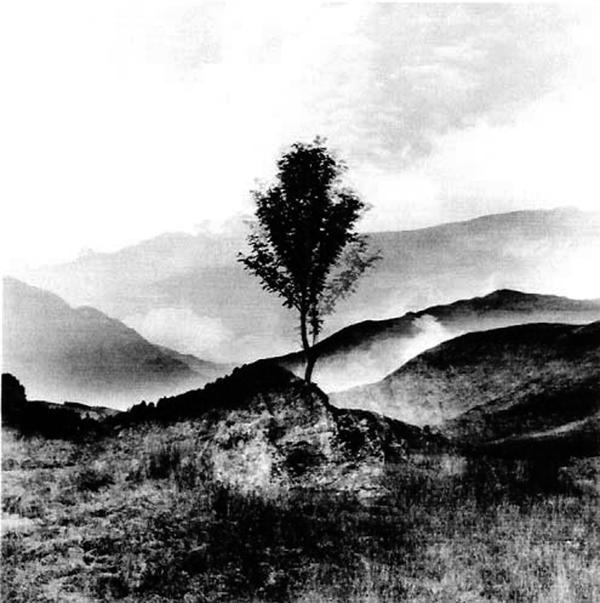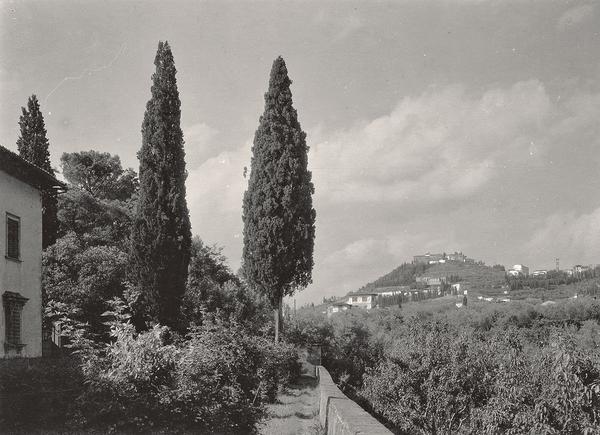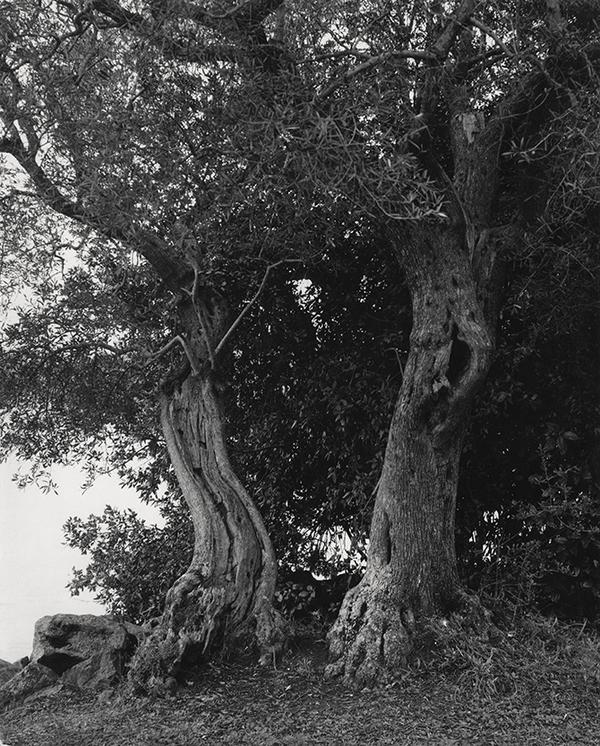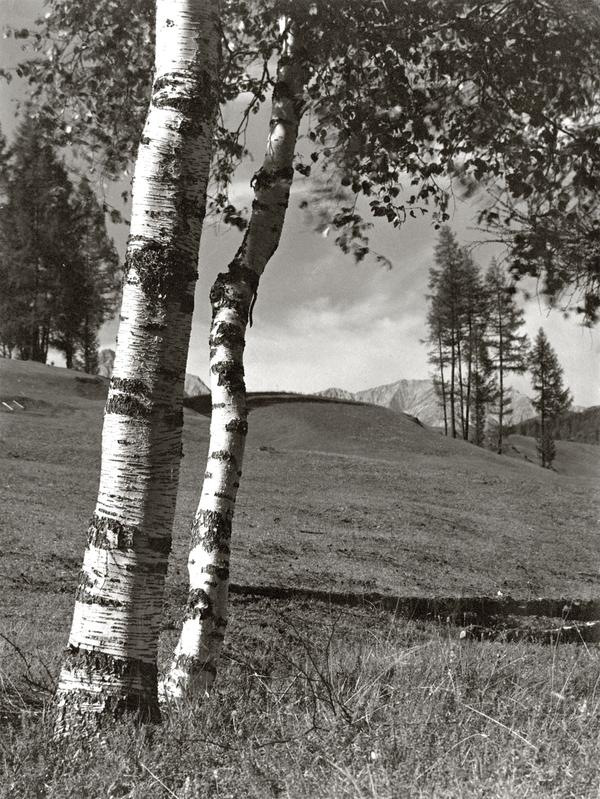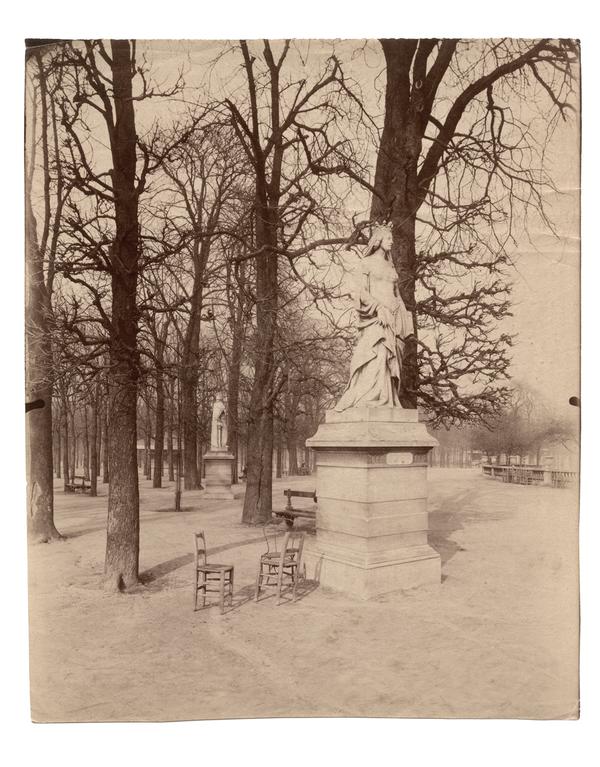Trees
13.06.2015 - 15.11.2015
The tenth event proposed by Rolla Foundation, which in 2015 celebrates its fifth year of activity, is a thematic exhibition dedicated to the trees.
Works in the exhibition:
35 images taken between 1910 and 2013
The authors:
Robert Adams, Eugène Atget, Max Bauer, Josef Breitenbach, Simone Casetta, Vincenzo Castella, Mario Giacomelli, Fritz Henle, John Hilliard, Clemens Kalischer, Gerhard Kurtz, Anna Leader, Giovanni Luisoni, Anna Meschiari, Richard Misrach, Albert Renger-Patzsch, Douglas & Michael Starn, Josef Sudek, George Tice, Erno Vajda, James Welling.
Text of the catalog by the poet and writer Alberto Nessi.
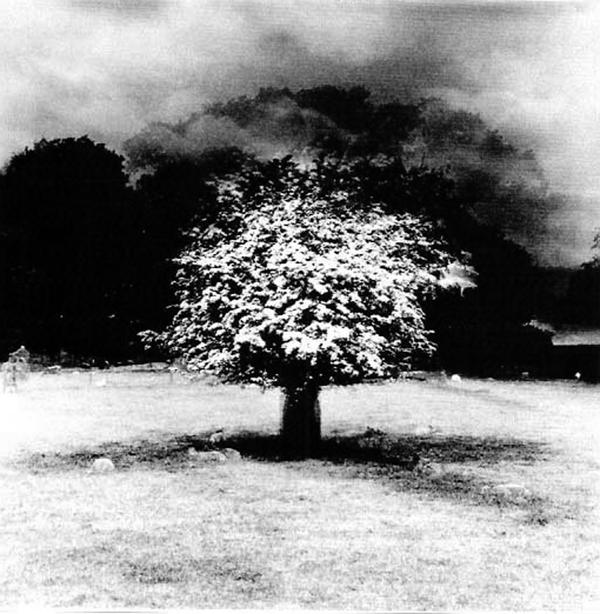
John Hilliard
Four Viwes in May, 2004
Photo on museum board
26.7 x 26.7 cm
American photographer who has focused on the changing landscape of the American West recording there, in over fifty books. His work first came to prominence in the mid-1970s through his book The New West (1974) and his participation in the exhibition New Topographics: Photographs of a Man-Altered Landscape in 1975. He has received two Guggenheim Fellowships, a MacArthur Fellowship, the Deutsche Börse Photography Prize and the Hasselblad Award. He lives with his wife Kerstin in Astoria, Oregon, United States of America.
Pioneer of documentary photography, noted for his determination to document all the architecture and street scenes of Paris before their disappearance to modernization. He began selling his city subjects around Paris, until the National Library of France took notice of him and bought the entire collection of his photos.
He trained as a bookseller before being drafted into World War I in 1917, from which he returned in 1918 after being wounded a week before the November Revolution broke out. His first photographic activities followed in 1924. In 1928 he founded a studio and a postcard publisher in Wernigerode, Germany. His early works show German landscapes, especially the environment of the Sanssouci Palace in Potsdam.
He comes from a Jewish wine trading family from Munich. He grew up during the First World War and the difficult post-war years and completed both a technical and a commercial education and studied philosophy and art history at the Ludwig-Maximilians-University in Munich. He became politically involved in a pacifist youth organization of the SPD. He took an active part in the November Revolution and then held an office in the Soviet government for a few months. In 1932 he opened his first photo studio in Munich. After the National Socialists took power in 1933, Breitenbach was targeted by the SA. Thereafter he fled to Paris until 1938. After a short period of internment, he was able to flee to New York via Marseille in 1941.
He began at a very young age working as an assistant at the studio and in the darkroom of photographers Luciano Ferri and Gianni Greguoli. Later, beginning an initial professional photographic activity under the guidance of graphic designer Dante Bighi in Milan, he also assisted at the studio of other fashion and advertising photographers. Independent work began in 1980, with assignments for periodical press and private companies. In 2010, he founded the "Conservatory of Photography," a center of pre-digital photographic culture committed to the practice of traditional direct-to-negative printing techniques. The "Conservatory" trains young collaborators and offers printing and developing services to photographers, artists, historical archives and institutions. Since 2007, he has been teaching photography at the Istituto Superiore per le Industrie Artistiche ISIA in Urbino, at the two-year master's degree in Editorial Graphics. He lives in Olgiate Molgora, Lecco, Italy.
Italian photographer, guitarist and filmmaker, in 1975, after studying Cultural Anthropology at "La Sapienza" University in Rome, he began his photographic activity. One of his most important works is Private Geography, color photographs of domestic interiors made between 1975 and 1982. In 1976 he took a trip through the southern United States, where he made, together with Lucio Maniscalchi, the 16mm film "Hammie Nixon's People," focusing on the colors and sounds of African American society. The most important works are "Nomadic Cities," about contemporary Western cities, and "Buildings," urban portraits shot from very high, but never aerial positions.
Lives and works in Milan. Italy
When he was only ten years old he witnessed his father's passing and could not finish his studies; he had to find employment to provide for the family's needs. As soon as he was 13 years old, he was hired at the "Giunchedi" printing house as an apprentice. Here he worked until the printing shop was destroyed by the bombs of the war. After the reconstruction he decided to be self-employed and as soon as he was 25 he managed to open the Marchigiana Printing House. He began to approach photography and came into contact with Ferruccio Ferroni and Giuseppe Cavalli and joined the MISA circle, a group of photographers in Senigallia. Between '53 and '63 many of his internationally renowned shots were born, and he attracted the attention of John Szarkowski, at the time director of MOMA in New York.
His preference for the Rolleiflex camera earned him the nickname of Mr. Rollei. He started as self-taught in photography in the Twenties. In 1936 he emigrated to New York where he lived until 1948. He had a career spanning more than 60 years, during which he amassed an archive of more than 110,000 negatives. Images of Europe, India, Japan, Hawai, United States, Mexico, and the Caribbean.
In the 1960s he studied art first at Lancaster College of Art, and then at Saint Martin's School of Art in London. He began to take an interest in photography to capture his art installations, later coming to explore the manipulation of the photographic process and its limitations, which he felt were too many. He lives in London, England.
His family fled from Berlin in 1933 and settled in Paris. He was taken prisoner in France in 1939 and survived three years of forced labor in eight different work camps (1939–1942). In the last camp he was reunited his family and escaped to the U.S. with the aid of Varian Fry. From 1944 through 1946 he studied art at the Cooper Union. He was a member of ASPP (American Society of Picture Professionals); a member of One by One (an international dialogue group between survivors and perpetrators. His series of photographs of people arriving in New York City from displaced persons camps in post-World War II Europe, taken in 1947 and 1948, was his most recognized work.
He studied photography at the FH in Dortmund with Prof. Arno Fischer.
Lives in Dortmund, Germany,
She graduated from the University in Brighton with BA honors in photography in 2002. She has exhibited throughout Europe and had solo exhibitions at the Coalmine Gallery, Winterthur, the Rada in Locarno and at the Galerie Campagne Première in Berlin. She also explores other media such as drawing and painting. She lives in London.
Trained as a decorative painter with a passion for photography. In 1972 he became a professional photographer. He has worked with several newspapers and magazines. He works with architects, artists painters and sculptors. For years he has dedicated himself to a personal research on the territory where he lives and from where he has drawn his main source of inspiration. Lives in Morbio Superiore, Switzerland.
She studied photography at the École supérieure d’arts appliqués of Vevey. From September 2008 until 2012, she lived in Berlin where she studied with the photographer Jonas Maron at the Ostkreuzschule für Fotografie. From 2009 until 2012 she studied Communications Design at the University for Applied Sciences in Berlin and worked as a freelance photographer and designer. In 2012, together with 11 other photographers, she founded exp12, a contemporary photography gallery in Berlin. Lives and works in Saint-Pierre-de-Trivisy, France.
He is one of the most influential photographers of his generation. In the 1970s he contributed to the renaissance of color photography and the use of large format. Best known for his Desert Cantos series, pursuing projects documenting changes in the natural environment for more than 40 years. He lives in Berkeley, California.
He began taking photographs at the age of 12. After military service during World War I, he studied chemistry at Dresden Technical College. In the early 1920s he worked as a photographer for the Chicago Tribune before going freelance. Appointed professor and head of the department of pictorial photography at the Folkwangschule in Essen, he left the position after only two semesters because of Nazi oppression. Albert Renger-Patzsch is considered one of the most important figures of New Objectivity photography.
Identical twins, they have been working together since they were thirteen years old. In 1985 they first received critical attention for their ripped photographs giving the photograph a painterly and even sculptural physicality. "The only way for the creative mind to function is through anarchy [... ] Photography, as a rule, has too many rules."(cit.) They have been combining traditionally different disciplines such as photography, sculpture and architecture ever since.
During World War I he was drafted into the Austro-Hungarian army in 1915 and served on the Italian front until he was wounded in 1916 in the right arm, resulting in the amputation of the limb at the shoulder. Already interested in photography in the years before the Great War, Josef Sudek deepened his skills during a three-year stay in the military hospital. His attention turns particularly to Prague, whose complex architecture he highlights, even in panoramic photographs, and which he almost always depicts devoid of people. There are many photographs devoted to everyday objects. His home provides him with the cue for a lifelong quest, the most common and simple objects and the natural light under which Sudek shoots take on in his images a romantic realistic style with which he distinguishes himself.
His body of work has continually focused on the American landscape. He began photographing at the age of 14, when he joined the Carteret Camera Club. He briefly studied commercial photography at Newark Vocational and Technical High School. At sixteen he left high school to work as a darkroom assistant for a Newark portrait studio. A year later he enlisted in the U.S. Navy, serving as a photographer's mate. In 1959, a published image he made of an explosion aboard the USS Wasp caught the eye of photographer Edward Steichen, who as director of photography at the Museum of Modern Art, acquired the print for the museum’s collection. Especially well known as a master printer, Tice printed for artists like Edward Steichen as well as printing the portfolios of such artists as Frederick H. Evans and Edward Weston.
He studied at the Faculty of Law and the Faculty of Humanities of the Royal Hungarian University in Budapest between 1908 and 1912. As a lawyer, he successfully represented the interests of the family and the state in the probate proceedings of Béla Bartók. In addition to his practice as a lawyer from 1918 to 1977, he worked for the Botanical Research Institute of the Hungarian Academy of Sciences, developing his natural history photographic documentation to an internationally recognized artistic level.
Is an artist a photographer and educator. He attended Carnegie-Mellon University where he studied drawing with Gandy Brodie and at the University of Pittsburgh where he took modern dance classes. Welling transferred to the Institute of the Arts in Valencia, California in 1971. He studied with John Baldessari, Wolfgang Stoerchle and Jack Goldstein. He began to make photographs in 1976 using a 4x5 view camera. His first body of work, Los Angeles Architecture and Portraits, consisted of photographs of his friends and local architecture. In 1978 he moved to New York and began a sequence of abstract photographs. In 1995 he joined the the Department of Art at the University of California, Los Angeles. He Currently teaches in the Visual Art Program at the Lewis Center at Princeton University.

Pages: 48 Softcover
Illustrations: 36 four-color print
Language: Italian/English
Edition: Fondazione Rolla, 2015
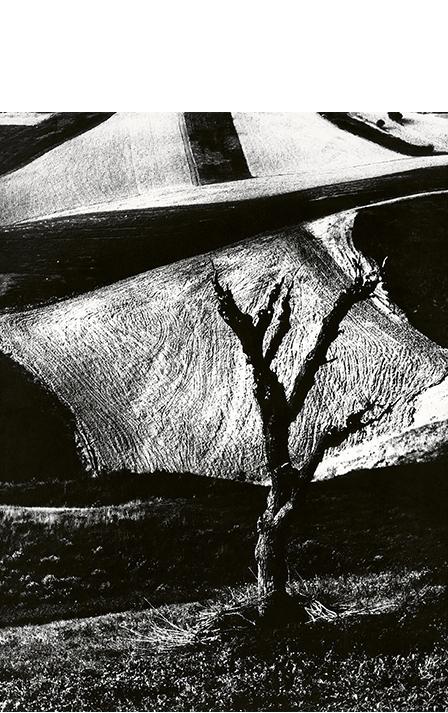
Mario Giacomelli
Untitled, 1970s
gelatin silver print
40.6 x 30.5 cm
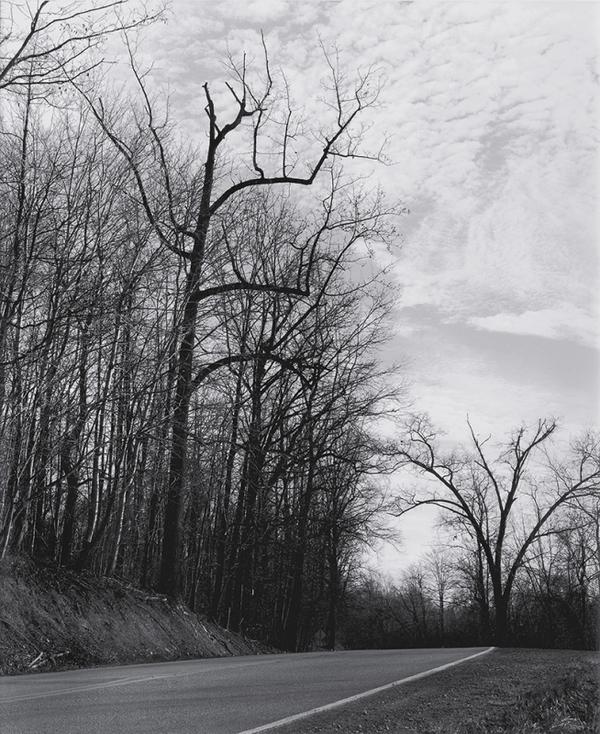
James Welling
Edge of the Road, Morgantown,WV, 1993
toned gelatin silver print
56.5 × 46.4 cm
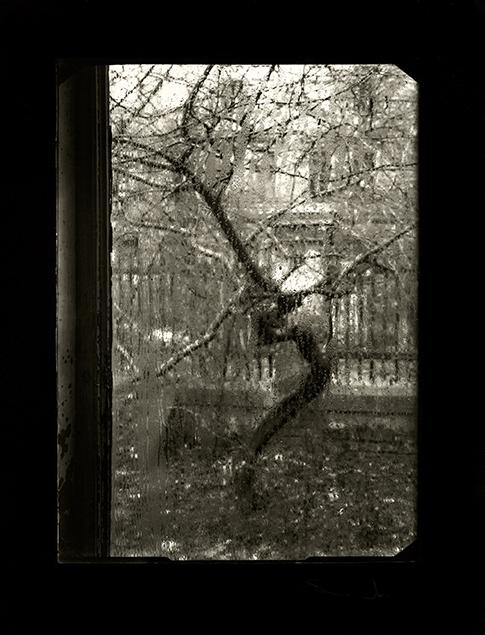
Josef Sudek
From the Window of My Studio, 1940
vintage gelatin silver print
23 × 17.9 cm
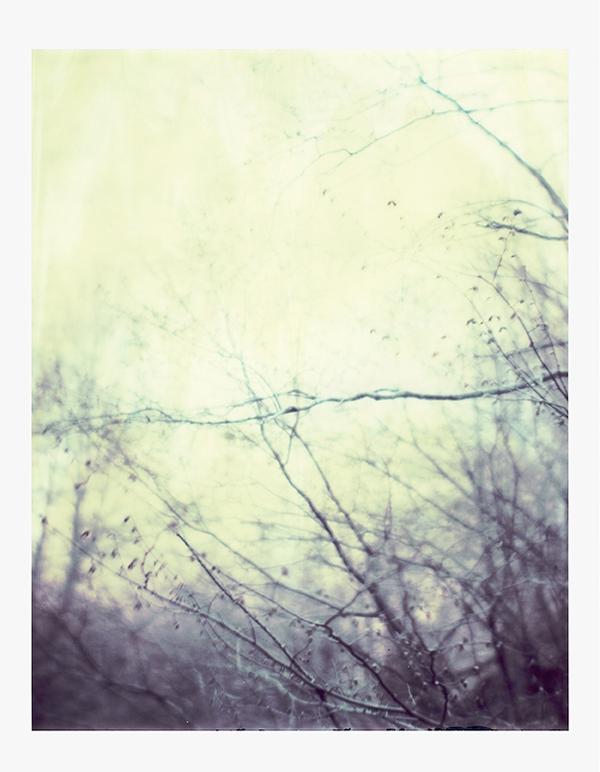
Vincenzo Castella
Bruzella, Svizzera, 2012
polaroid
27.3 × 21.3 cm
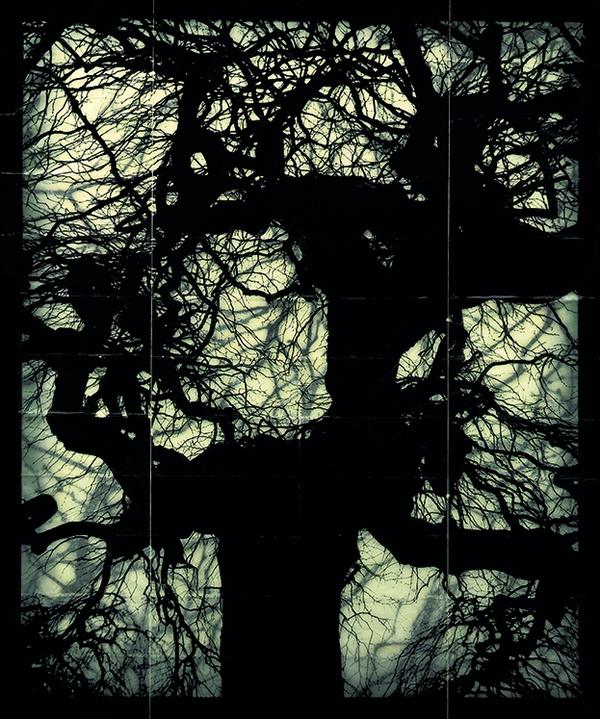
Douglas & Michael Starn
Structure of Thought #11, 2001-2005
MIS and Lysonic inkjet print on Thai Mulberry Gambi and tissue papers with wax, encaustic and varnish
101.5 × 86.3 cm
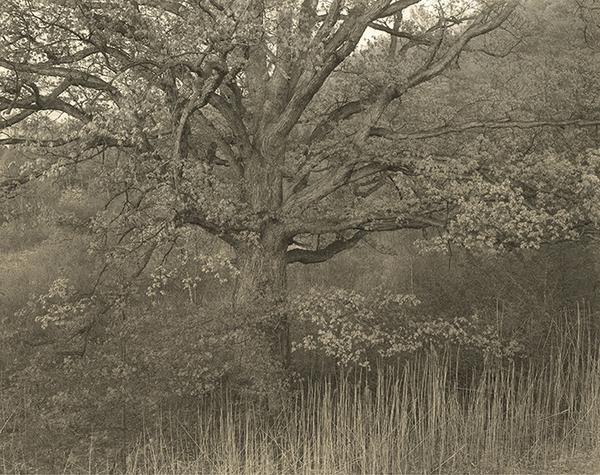
George Tice
Oak Tree, Holmdel N.Y., 1970 printed in 1979
palladium on strathmore
19.5 × 24.5 cm
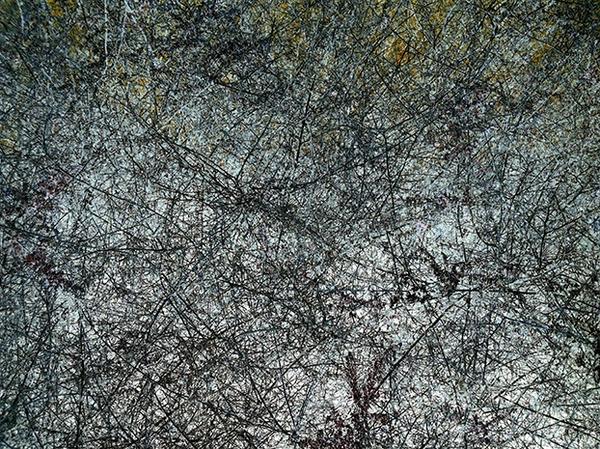
Richard Misrach
IPS #9872 (Scrub #2), 2011
pigment print
34.5 × 46 cm
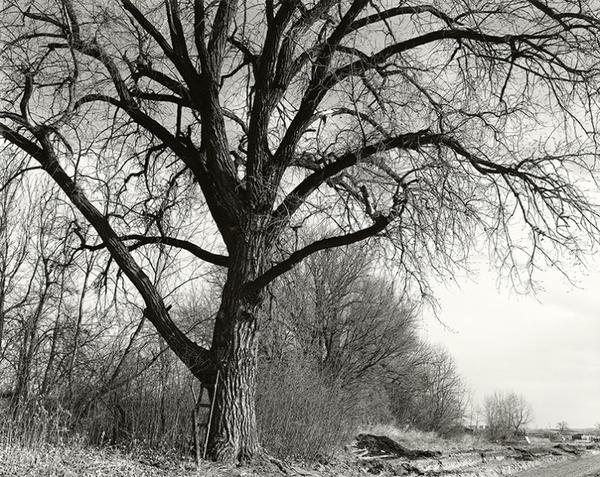
Robert Adams
Cottonwood, Edge Development, Longmont, Colo., 1984 printed in 2004
gelatin silver print
22.8 × 28.8 cm
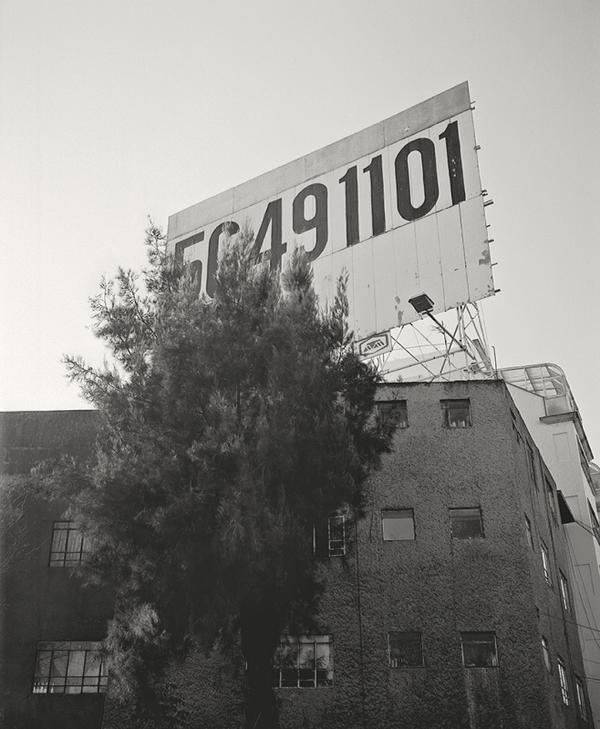
Anna Leader
Billboard, Tree and Apartment Building, Mexico City, 2009
hand print on Ilford paper
29 × 22.7 cm
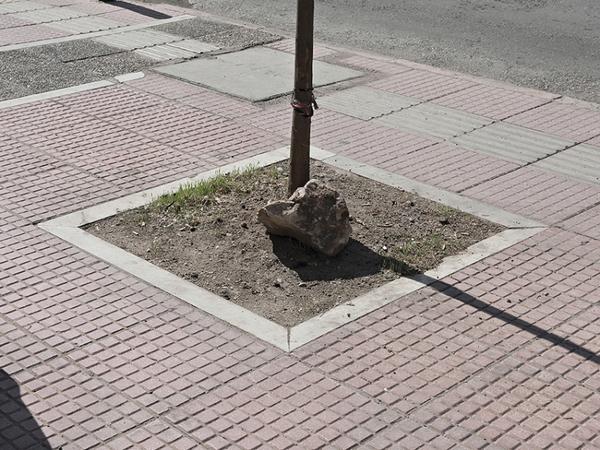
Anna Meschiari
Do Not Walk Outside This Area (Athens), 2013
lambda print, Kodak Pro Endura glossy
45 × 60 cm





